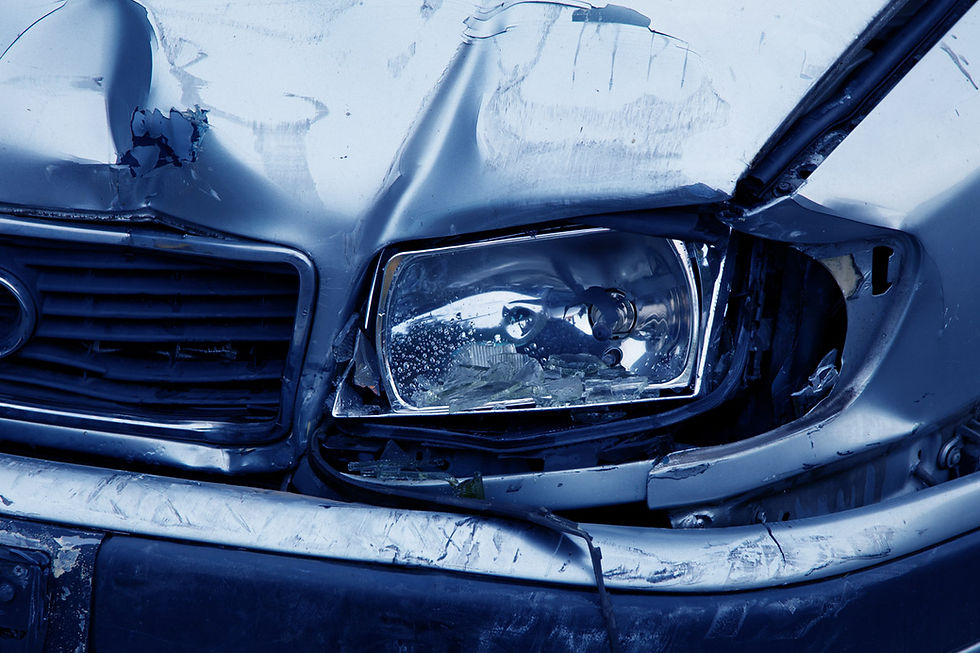The simple answer is no.
The risks might be managed down to some very low level, but the idea of zero failures is unrealistic, even more so in the short to medium term.
There are a couple of videos showing alarming behaviour of Tesla’s autopilot system. Much is also made of Google’s official report to the California Department of Motor Vehicles on its testing in California (7). Google is understood to have two types of self-steering vehicles, 25 of the Google designed ‘pod’ cars which are limited to 25 mph, and 23 modified Lexus vehicles. The report gives no explicit description of how many or which type of test vehicle was used, though autonomous mileage is given for 49 vehicles, plus another 24 vehicles for which no autonomous mileage was recorded.
Some commentators choose to spin the report as showing how safe the Google system is, others how unsafe. In early 2015 Google claimed that their data showed that their vehicles are safer than human driven cars, claiming that in 6 years they have driven some ‘1.7 million miles of autonomous and manual driving with our safety drivers behind the wheel' .
Google were also adamant that the few collisions they had were minor, and their vehicles were never the cause of the collision. According to Google it was always the fault of the other (human driven) vehicle for running into the back of their car.
And yet in the period covered by the recent report a slightly different picture emerges:
only some 424,000 miles were driven on public roads
272 ‘disengagements’, for problems with software or hardware that required immediate transfer to human control
the driver had to intervene 69 times for safety reasons - in 10 of these events Google determined that ‘contact’ would have occurred if the human driver had not taken over control (i.e. the test car was at fault) plus another 3 where another vehicle would have made contact with the test car but the fault was with the other car. The ‘contact’ rate works out at 1 per 32,600 miles.
In the last month reported (Nov 2015), the driver had to take control 10 times, once every 4300 miles. The report makes no mention of any actual collisions with other cars (irrespective of whose fault it may be).
Google rightly claim that their system is still under development, but it has to be remembered that :
there has been no testing in adverse weather or even in hilly terrain, just in sunny California
the ‘pod’ vehicles travel at low speed, 25 mph (one was pulled over by the police for driving too slowly), the typical speeds of the modified Lexus cars is not known
the mileage is accumulated by repeated driving over heavily mapped routes
there is a driver to take over control at any time and this is all under very carefully controlled test conditions
judging from the videos available the roads used for testing are wide with little traffic, so just how much of a challenge have the test conditions been? The test routes seem to be of very low complexity compared to normal conditions in the UK.
it is reported that the vehicle systems may have difficulty in distinguishing when detected objects are harmless
the design of the ‘pod’ car and the roof mounted sensors on the Lexus cars makes it obvious to other road users what they are (especially the ‘pod’); to what degree are the test results distorted, for example by other road users giving it a wide berth ?
Google have just announced (Feb 2016) that their testing will now be extended to Kirkland, Washington, to get experience in "different driving environments, traffic patterns, and road conditions", that is, driving in the wet and rain and driving in hilly terrain. Before they can do any testing, the area has to be extensively and carefully mapped.
So how good is Google’s record if we compare it with UK experience? The UK figure for deaths that we can attribute to car driving is 1 per 220 million miles. For every death there are around 110 reported minor casualties, giving 1 minor casualty per 2 million miles.
There are no statistics for the number of accidents since many (most?) collisions that do not cause injury are not reported to the authorities. If we make a guess and say that there are 10 collisions (however minor) for each recorded minor casualty that gives a guess of 1 ‘contact event’ every 200,000 miles, which seems about right for the UK. The ‘contact’ rate reported by Google works out as 1 every 32,600 miles.



Comments